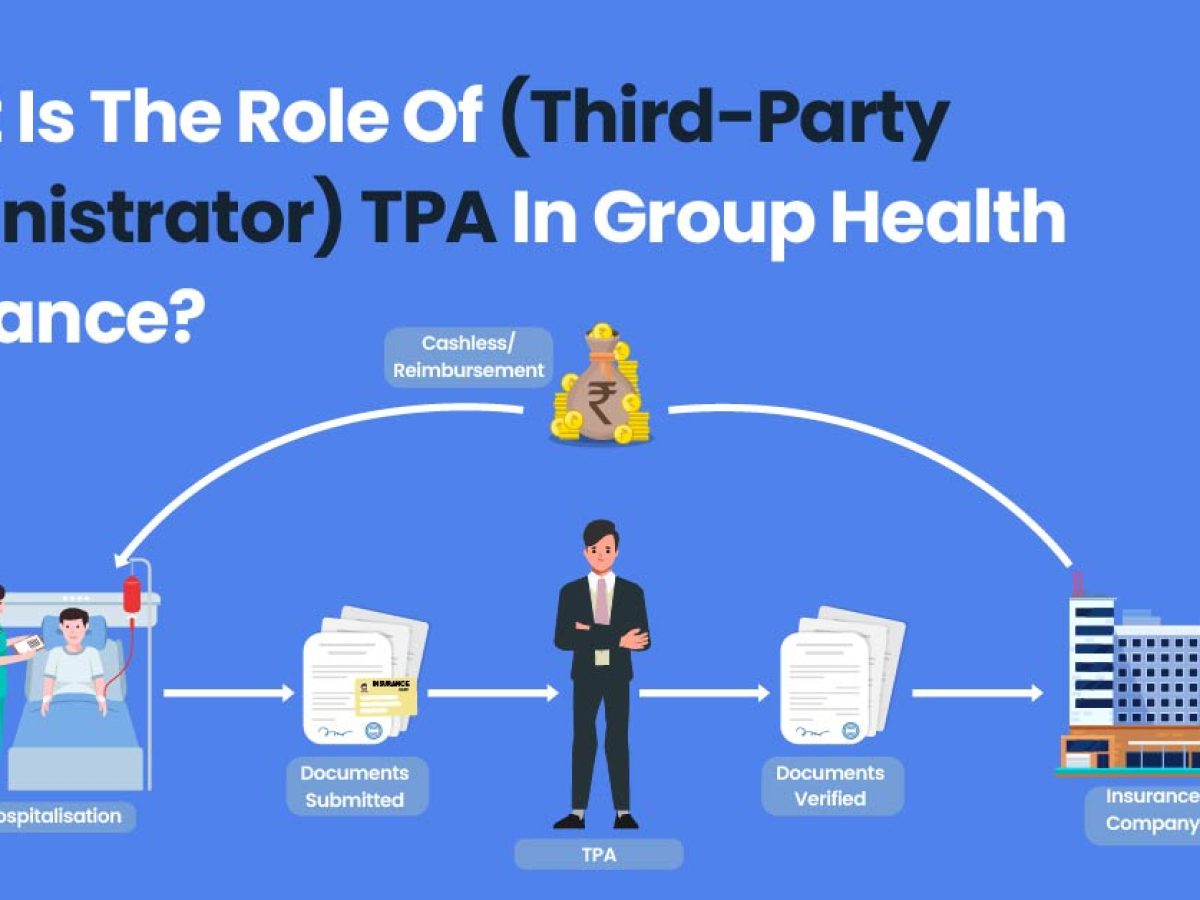Everything about Pacific Prime
Table of ContentsLittle Known Questions About Pacific Prime.Some Ideas on Pacific Prime You Should KnowThe Of Pacific PrimeAll about Pacific PrimeExamine This Report about Pacific Prime

This is because the data were collected for a period of solid economic performance. Of the approximated 42 million people that were uninsured, just about concerning 420,000 (regarding 1 percent) were under 65 years of age, the age at which most Americans come to be eligible for Medicare; 32 million were adults in between ages 18 and 65, about 19 percent of all grownups in this age team; and 10 million were youngsters under 18 years of age, concerning 13.9 percent of all kids (Mills, 2000).
These estimates of the number of individuals uninsured are created from the annual March Supplement to the Existing Populace Survey (CPS), conducted by the Demographics Bureau. Unless otherwise noted, nationwide price quotes of people without medical insurance and percentages of the population with different kinds of coverage are based on the CPS, one of the most extensively used resource of price quotes of insurance protection and uninsurance prices.
Top Guidelines Of Pacific Prime

Still, the CPS is especially beneficial because it generates yearly estimates fairly promptly, reporting the previous year's insurance policy coverage estimates each September, and due to the fact that it is the basis for a constant collection of estimates for more than two decades, enabling for evaluation of patterns in coverage in time. For these factors, as well as the comprehensive use of the CPS in other researches of insurance policy coverage that exist in this record, we depend on CPS estimates, with restrictions noted.

The price quote of the number of without insurance people increases when a population's insurance coverage standing is tracked for a number of years. Over a three-year duration beginning early in 1993, 72 million individuals, 29 percent of the united state populace, were without protection for at least one month. Within a single year (1994 ), 53 million people experienced at the very least a month without coverage (Bennefield, 1998a)
6 out of every ten uninsured adults are themselves utilized. Working does enhance the chance that one and one's family members will have insurance, it is not a guarantee. Even members of households with two full time breadwinner have virtually a one-in-ten opportunity of being without insurance (9.1 percent uninsured rate) (Hoffman and Pohl, 2000).
The 3-Minute Rule for Pacific Prime
New immigrants account for a significant proportion of individuals without medical insurance. One analysis has actually connected a substantial part of the current development in the size of the U.S. without insurance population to immigrants who showed up in the country in between 1994 and 1998 (Camarota and Edwards, 2000). Current immigrants (those who pertained to the USA within the past 4 years) do have a high rate of being uninsured (46 percent), yet they and their youngsters account for just 6 percent of those without insurance coverage across the country (Holahan et al., 2001).
The connection in between medical insurance and access to care is well established, as documented later in this chapter. The relationship in between wellness insurance policy and health and wellness results is neither direct neither straightforward, a substantial professional and health and wellness services research literary works web links health and wellness insurance coverage to better access to care, better top quality, and boosted personal and population health standing.
Degrees of analysis for analyzing the effects of uninsurance. This conversation of medical insurance coverage concentrates mostly on the U.S. population under age 65 due to the fact that basically all Americans 65 and older have Medicare or other public protection. Additionally, it focuses especially on those without any kind of health and wellness insurance for any size of time.
Not known Facts About Pacific Prime
The issues faced by the underinsured remain in some aspects comparable to those encountered by the uninsured, although they are typically less serious. maternity insurance for expats. Uninsurance and underinsurance, however, entail noticeably different policy concerns, and the strategies for addressing them might vary. Throughout this research and the five reports to follow, the main emphasis gets on persons with no health insurance and thus no aid in spending for healthcare beyond what is readily available via charity and security net institutions
Wellness insurance policy is a powerful element influencing invoice of care because both patients and medical professionals react to the out-of-pocket price of services - https://on.soundcloud.com/Boznd6XKBGjyrspT8. Wellness insurance, however, is neither necessary neither adequate to access to medical services. The independent and direct effect of wellness insurance coverage on accessibility to health and wellness services is well established.
Others will certainly obtain the health treatment they need also without medical you can find out more insurance, by spending for it expense or seeking it from carriers who supply care free or at extremely subsidized rates. For still others, wellness insurance policy alone does not guarantee receipt of treatment as a result of other nonfinancial barriers, such as an absence of health and wellness care carriers in their neighborhood, minimal access to transportation, illiteracy, or linguistic and social differences.
6 Easy Facts About Pacific Prime Shown
Formal research study regarding without insurance populaces in the United States dates to the late 1920s and early 1930s when the Committee on the Expense of Medical Care produced a series of reports regarding financing medical professional workplace visits and hospital stays. This problem came to be salient as the numbers of medically indigent climbed during the Great Anxiety.